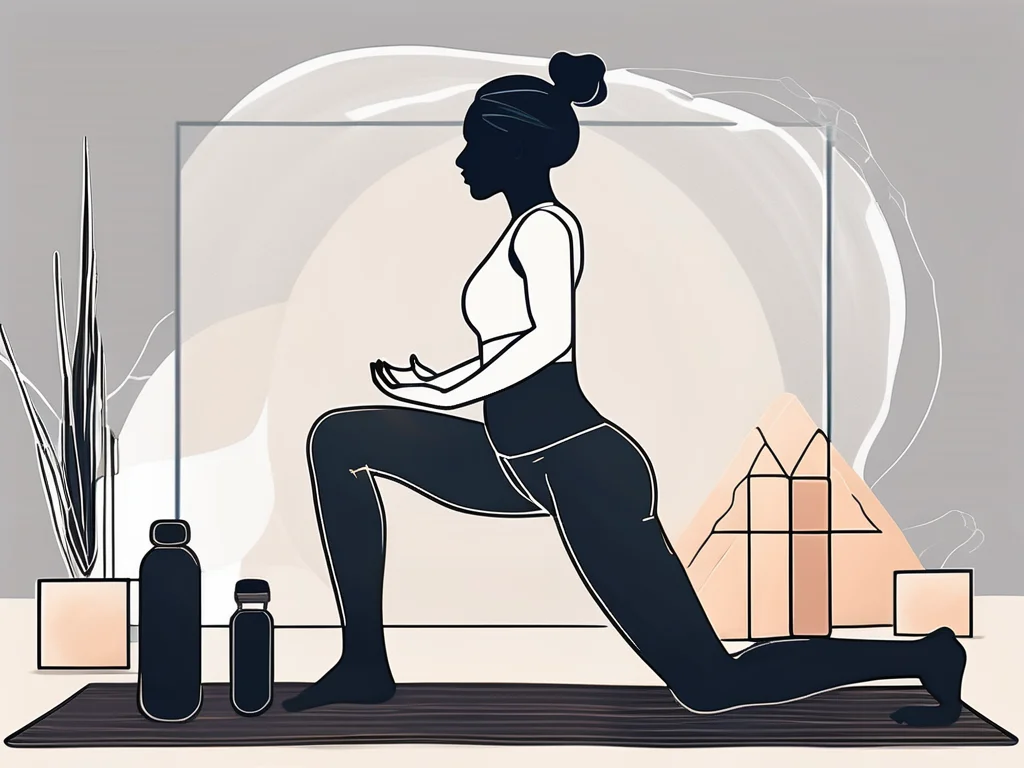High blood pressure, or hypertension, affects millions globally, straining the heart and blood vessels. Left unchecked, it can lead to severe issues like heart disease, stroke, or kidney damage. Yoga, with its blend of physical poses, breathing techniques, and meditation, offers a natural, holistic way to manage hypertension. This blog explores how yoga can lower blood pressure, specific poses to practice, and tips to integrate yoga into your daily life for better cardiovascular health.
What Is High Blood Pressure and Why Does It Matter?
High blood pressure occurs when blood exerts excessive force against artery walls, overworking the heart. It’s measured in two numbers: systolic (heart pumping) and diastolic (heart resting). Often called the “silent killer,” hypertension may show no symptoms until complications arise. Risk factors include age, family history, obesity, smoking, high salt intake, and lack of exercise. Regular monitoring and lifestyle changes are critical to prevent serious health risks.
How Does Yoga Help Manage Hypertension?
Yoga promotes relaxation, reduces stress, and improves circulation, all of which contribute to lower blood pressure. Its holistic approach addresses physical, mental, and emotional health, creating balance in the body. Regular practice strengthens the heart, enhances blood flow, and calms the nervous system, making it an effective tool for hypertension management.
How Yoga Supports Cardiovascular Health
Yoga’s physical poses and breathing exercises positively impact the cardiovascular system. Specific postures improve circulation, reduce heart strain, and strengthen the heart muscle. By enhancing blood flow and oxygen delivery, yoga helps regulate blood pressure naturally.
Yoga Poses for Better Circulation
Certain poses, like forward bends and inversions, promote venous return, easing the heart’s workload. These movements improve blood flow, reduce arterial stiffness, and support overall heart function.
LSI Keywords: yoga poses for circulation, heart-strengthening yoga, blood flow exercises
Stress Reduction Through Yoga
Stress is a major contributor to high blood pressure. Yoga’s deep breathing and meditative practices activate the parasympathetic nervous system, triggering the body’s relaxation response. This lowers stress hormones, calming the mind and reducing blood pressure.
Top 5 Yoga Poses for Lowering Blood Pressure
Here are five yoga poses that can help manage hypertension by promoting relaxation, improving circulation, and reducing stress. Always practice under a certified instructor’s guidance, especially if you have health conditions.
1. Tadasana (Mountain Pose)
Tadasana improves posture, strengthens the core, and enhances stability. By aligning the body, it promotes better circulation and reduces tension in the chest and shoulders.
- How to Do It: Stand with feet together, arms relaxed. Lift your chest, roll shoulders back, and engage your core. Hold for 30 seconds, breathing deeply.
2. Trikonasana (Triangle Pose)
This standing pose stretches the chest, hips, and spine, improving blood flow and releasing physical tension.
- How to Do It: Stand with feet wide apart, extend arms, and reach one hand toward the floor while the other points up. Hold for 5 breaths per side.
3. Sukhasana (Easy Pose)
A seated pose, Sukhasana calms the mind and reduces stress. It opens the hips and promotes relaxation.
- How to Do It: Sit cross-legged, hands on knees, spine straight. Close your eyes and breathe deeply for 1-2 minutes.
4. Paschimottanasana (Seated Forward Bend)
This pose releases tension in the back and hamstrings, stimulates abdominal organs, and soothes the nervous system.
- How to Do It: Sit with legs extended, hinge at the hips, and reach for your feet. Hold for 5-10 breaths.
5. Vrikshasana (Tree Pose)
Tree Pose enhances balance, focus, and circulation while calming the mind.
- How to Do It: Stand on one leg, place the other foot on your inner thigh, and bring hands to prayer position. Hold for 30 seconds per side.
The Role of Pranayama in Blood Pressure Control
Pranayama, or yogic breathing, is a cornerstone of yoga for hypertension. Techniques like Nadi Shodhana (Alternate Nostril Breathing) and Ujjayi Breathing increase oxygen levels, calm the nervous system, and lower stress, directly impacting blood pressure.
Nadi Shodhana: Balancing the Body
This technique balances the body’s energy and reduces stress by alternating nostril breathing.
- How to Do It: Close one nostril, inhale through the other, switch, and exhale. Repeat for 5 minutes.
Ujjayi Breathing: Calming the Mind
Ujjayi’s slow, controlled breaths create a soothing effect, lowering heart rate and blood pressure.
- How to Do It: Inhale deeply through the nose, exhale with a soft throat constriction. Practice for 3-5 minutes.
Meditation for Stress and Blood Pressure
Meditation complements yoga by fostering mindfulness and reducing stress. Regular practice lowers cortisol levels, promoting emotional balance and cardiovascular health.
How Meditation Lowers Blood Pressure
By focusing the mind and redirecting attention from stressors, meditation reduces blood pressure and enhances mental clarity.
- How to Do It: Sit comfortably, close your eyes, and focus on your breath or a mantra for 10-15 minutes daily.
How to Start a Yoga Practice for Hypertension
Incorporating yoga into your routine can be transformative for managing high blood pressure. Here’s how to begin:
Tips for a Consistent Yoga Routine
- Schedule Sessions: Dedicate specific times each week for yoga to prioritize it.
- Start Small: Begin with 10-15 minute sessions and gradually increase duration.
- Create a Space: Set up a quiet, clutter-free area for practice.
- Listen to Your Body: Modify poses to suit your comfort and avoid strain.
Overcoming Common Challenges
- Time Constraints: Practice short sessions during breaks or before bed.
- Motivation: Join a yoga class or find a partner for accountability.
- Physical Limitations: Work with an instructor to adapt poses for your needs.
Lifestyle Changes to Complement Yoga
Yoga works best when paired with other healthy habits:
- Healthy Diet: Eat fruits, vegetables, and whole grains while limiting salt.
- Regular Exercise: Include 30 minutes of moderate activity most days.
- Limit Alcohol: Reduce alcohol consumption to support heart health.
- Stress Management: Use yoga, meditation, or other relaxation techniques.
Consult a Healthcare Professional
Before starting yoga, consult a doctor, especially if you have hypertension or other conditions. They can ensure your practice is safe and tailored to your needs.
Conclusion
Yoga offers a powerful, natural approach to managing high blood pressure through poses, breathing, and meditation. By reducing stress, improving circulation, and strengthening the heart, yoga supports long-term cardiovascular health. Start with simple poses like Tadasana and Sukhasana, practice pranayama, and meditate regularly. Combine yoga with a healthy lifestyle and medical guidance for optimal results. Embrace yoga as a daily habit to achieve balance, peace, and better blood pressure control.



